Unlocking New Horizons: The Best SDL Alternatives for Developers
Simple DirectMedia Layer (SDL) has long been a cornerstone for cross-platform multimedia development, offering low-level access to essential hardware components for audio, input, and graphics. From MPEG playback to emulators and popular games like "Civilization: Call To Power," SDL’s versatility is undeniable. However, the rapidly evolving landscape of game development and multimedia programming often necessitates exploring new tools and frameworks. Whether you're seeking improved performance, broader platform support, or specialized features, understanding the leading SDL alternative options is crucial for modern developers.
Top SDL Alternatives
As you embark on your next project, consider these robust alternatives that offer unique advantages and cater to diverse development needs.
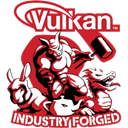
Vulkan
Vulkan is a cutting-edge graphics and compute API that provides high-efficiency, cross-platform access to modern GPUs. It's a powerful open-source alternative to SDL for developers targeting high-performance applications on a wide range of devices including Windows, Mac, Linux, Android, and Chrome OS, and features strong OpenGL integration.

WebGL
WebGL is a royalty-free web standard for a low-level 3D graphics API, ideal for web-based projects. As an open-source option, it's exposed through the HTML5 Canvas element and offers robust 3D motion graphics capabilities with OpenGL support, making it a compelling SDL alternative for browser environments.

Microsoft DirectX
Microsoft DirectX is a comprehensive collection of APIs specifically designed for multimedia tasks, particularly game programming and video on Windows platforms. While not open-source, its deep integration with the Windows ecosystem makes it a powerful and free SDL alternative for developers focused on Microsoft's operating system.
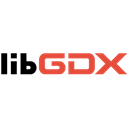
LibGDX
LibGDX is an open-source Java game development framework that provides a unified API across diverse platforms including Mac, Windows, Linux, Android, and iOS. Its cross-platform nature and focus on gaming make it an excellent and free SDL alternative for Java developers.

GLFW
GLFW is an open-source, multi-platform library for OpenGL, OpenGL ES, and Vulkan development on desktop. It offers a simple API for window creation and context management, making it a free and effective SDL alternative for developers needing fundamental graphics and input handling across Mac, Windows, Linux, and BSD.
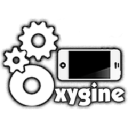
Oxygine
Oxygine is a completely free and open-source (MIT license) 2D game engine written in C++. It runs on MacOSX, iOS, Android, Windows, and Linux, offering cross-platform development capabilities and a robust library for 2D game creation, making it a strong SDL alternative for C++ developers.
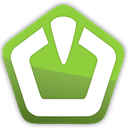
SFML
SFML (Simple and Fast Multimedia Library) is a portable and easy-to-use API for multimedia programming. As a free and open-source SDL alternative, it supports Mac, Windows, and Linux, providing an API that is cross-platform, multi-language compatible, and includes strong OpenGL integration.
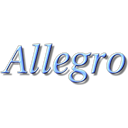
Allegro
Allegro 4 and Allegro 5 are cross-platform, open-source libraries primarily focused on video game and multimedia programming. Available for Mac, Windows, Linux, and iPhone, Allegro handles low-level tasks, serving as a free and powerful library-based SDL alternative for game developers.
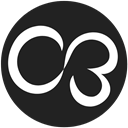
CrossBrowdy
CrossBrowdy is an open-source Multimedia JavaScript framework designed for creating real cross-platform and hybrid game engines, games, emulators, and multimedia apps for the web. Its cross-platform gaming and Progressive Web App features make it a unique and free SDL alternative for web-centric development.
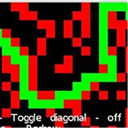
SDL Game Engine
The SDL Game Engine is a platform-independent 2D game programming framework for C/C++ programmers. It is free, open-source, and self-hosted, built upon SDL itself, with a focus on easy API calls and minimal dependencies. It serves as an excellent SDL alternative for those who appreciate the core SDL philosophy but desire an integrated framework with added programming libraries.
Each of these SDL alternatives brings its own strengths to the table, from low-level GPU control to high-level game development frameworks. By carefully evaluating their platforms, open-source status, and specific features, you can select the best fit to elevate your next multimedia or game development project.